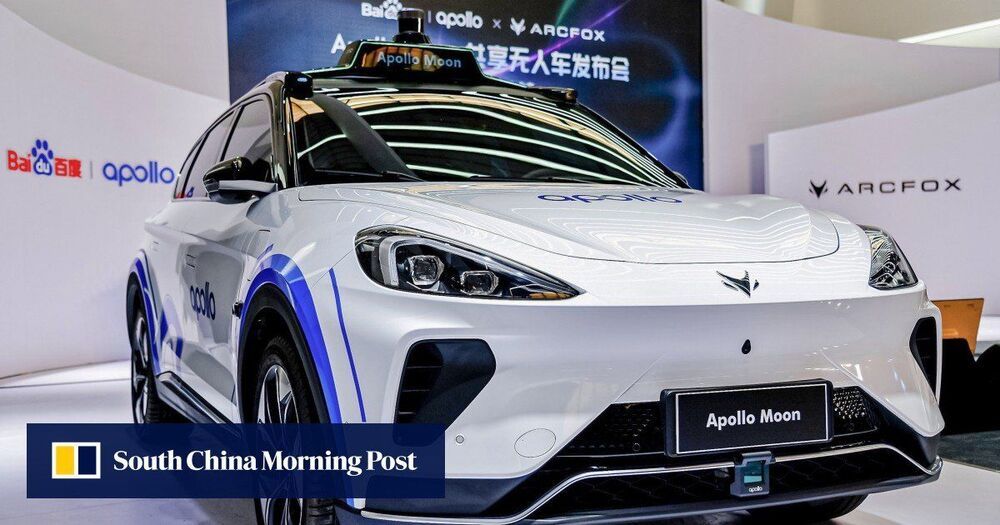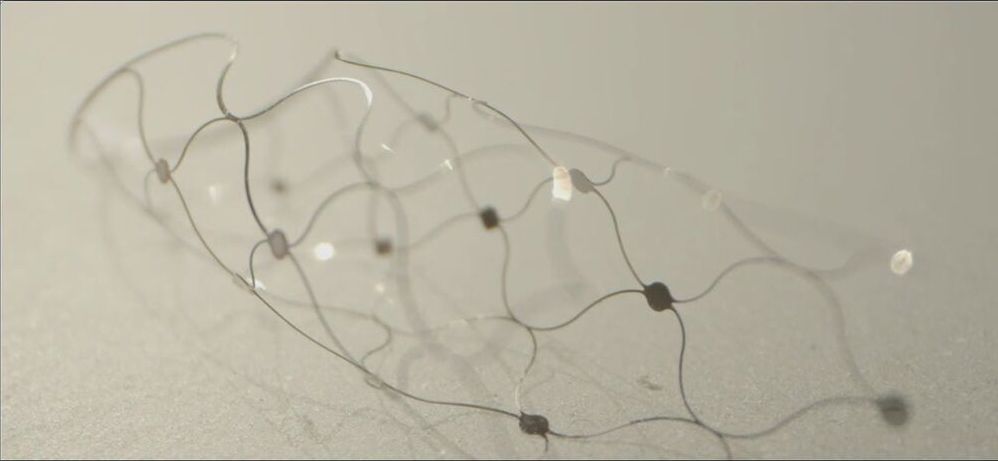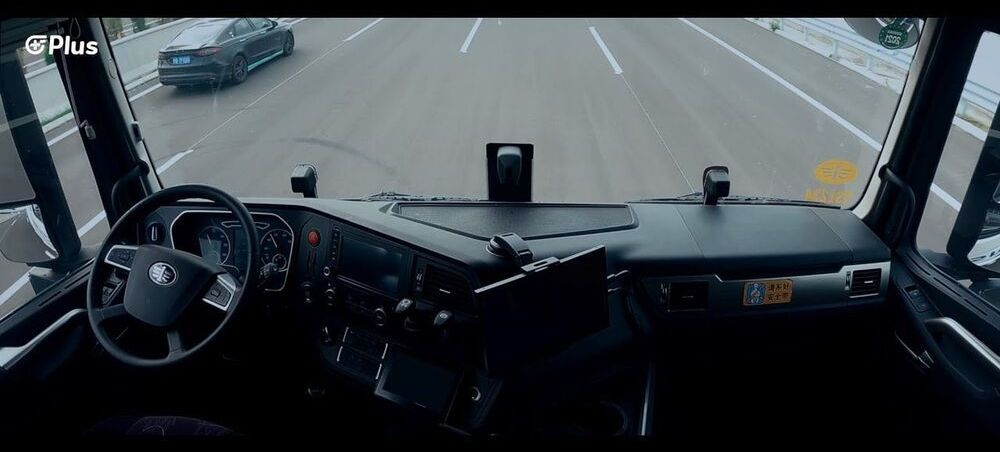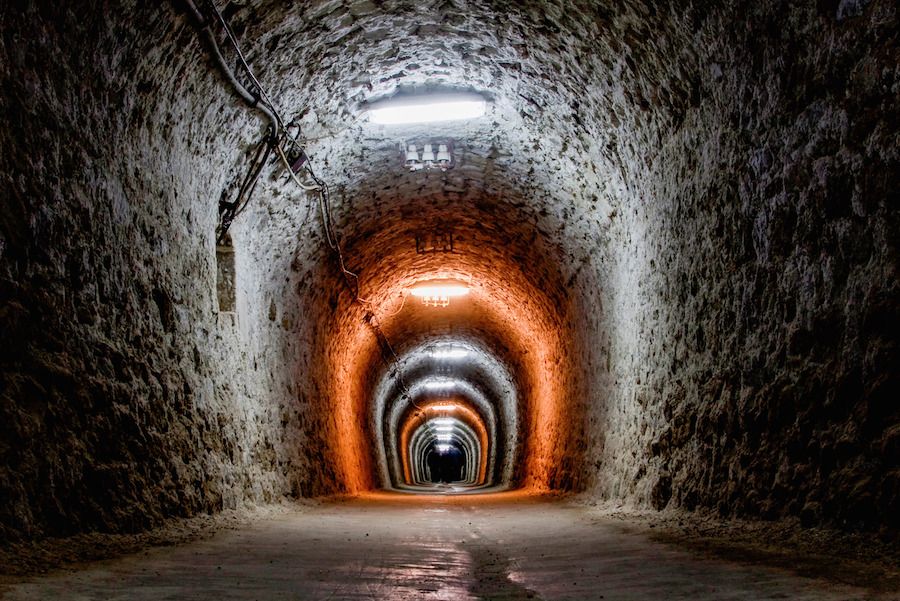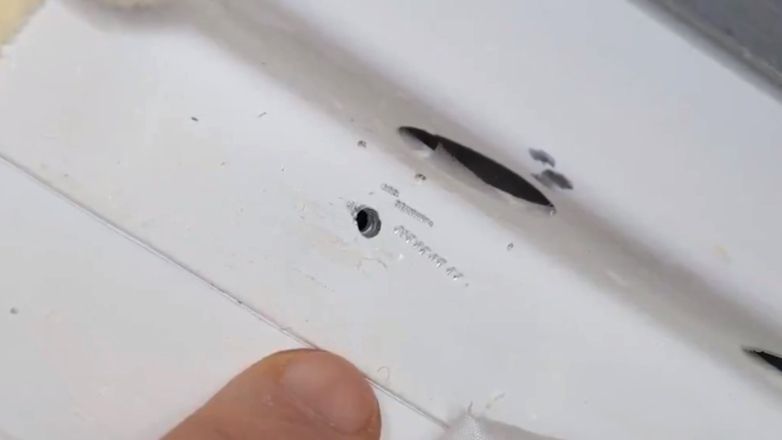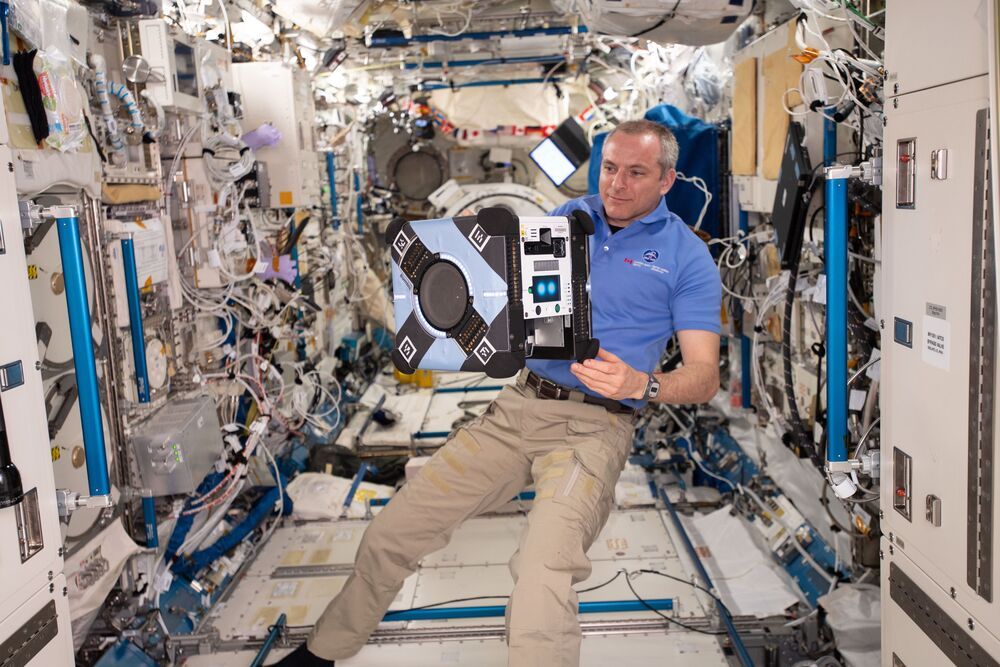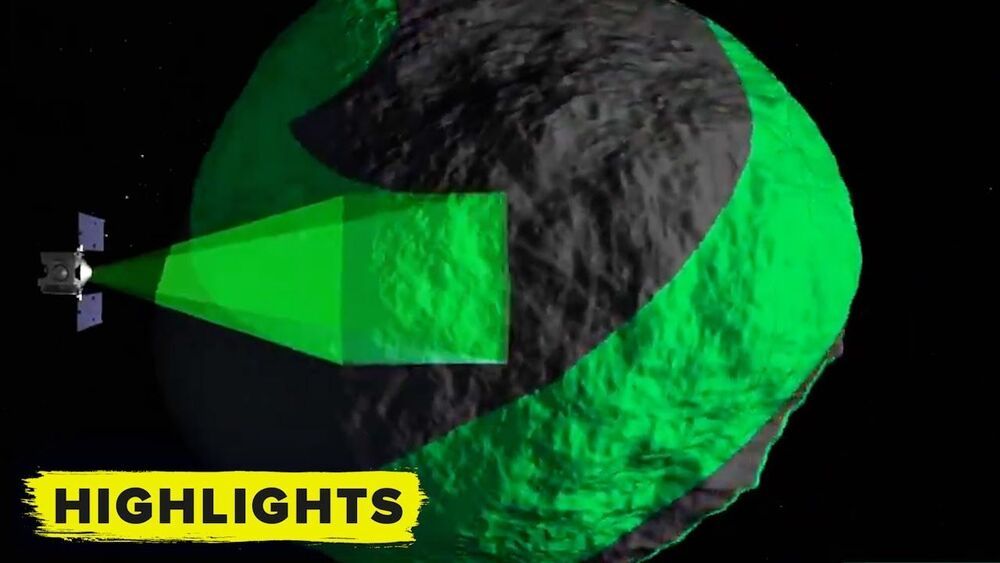Commercial prospects for robotaxi services remain uncertain in the near term due to the immaturity of the technology, the absence of legislation to clearly define responsibility in case of a self-driving accident, and persistently high costs associated with the complex self-driving systems.
Baidu’s autonomous driving unit has partnered with the luxury electric vehicle brand of BAIC Group to bring fifth generation Apollo Moon robotaxis to Chinese roads, cutting the cost of the vehicles by two thirds.
